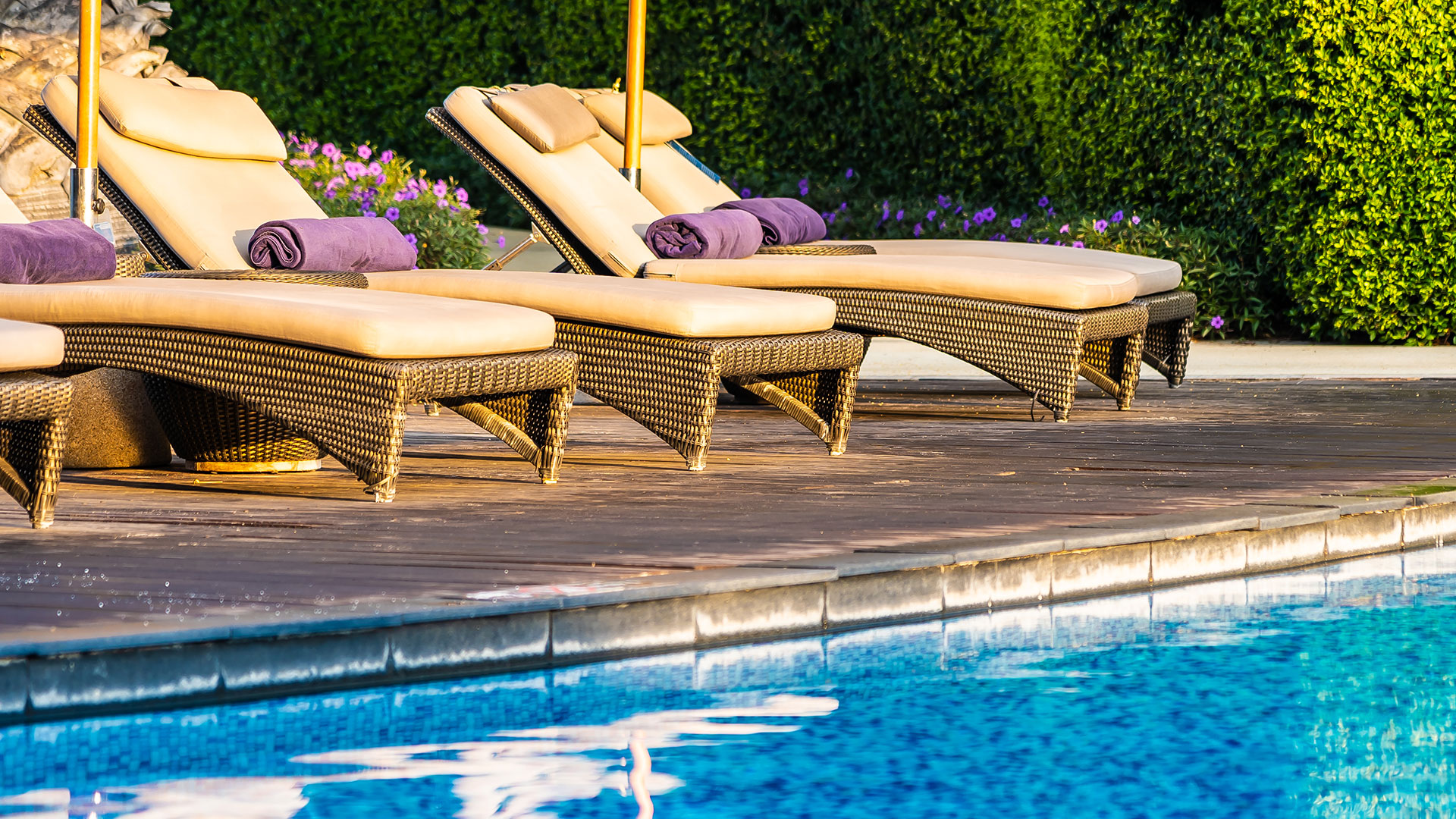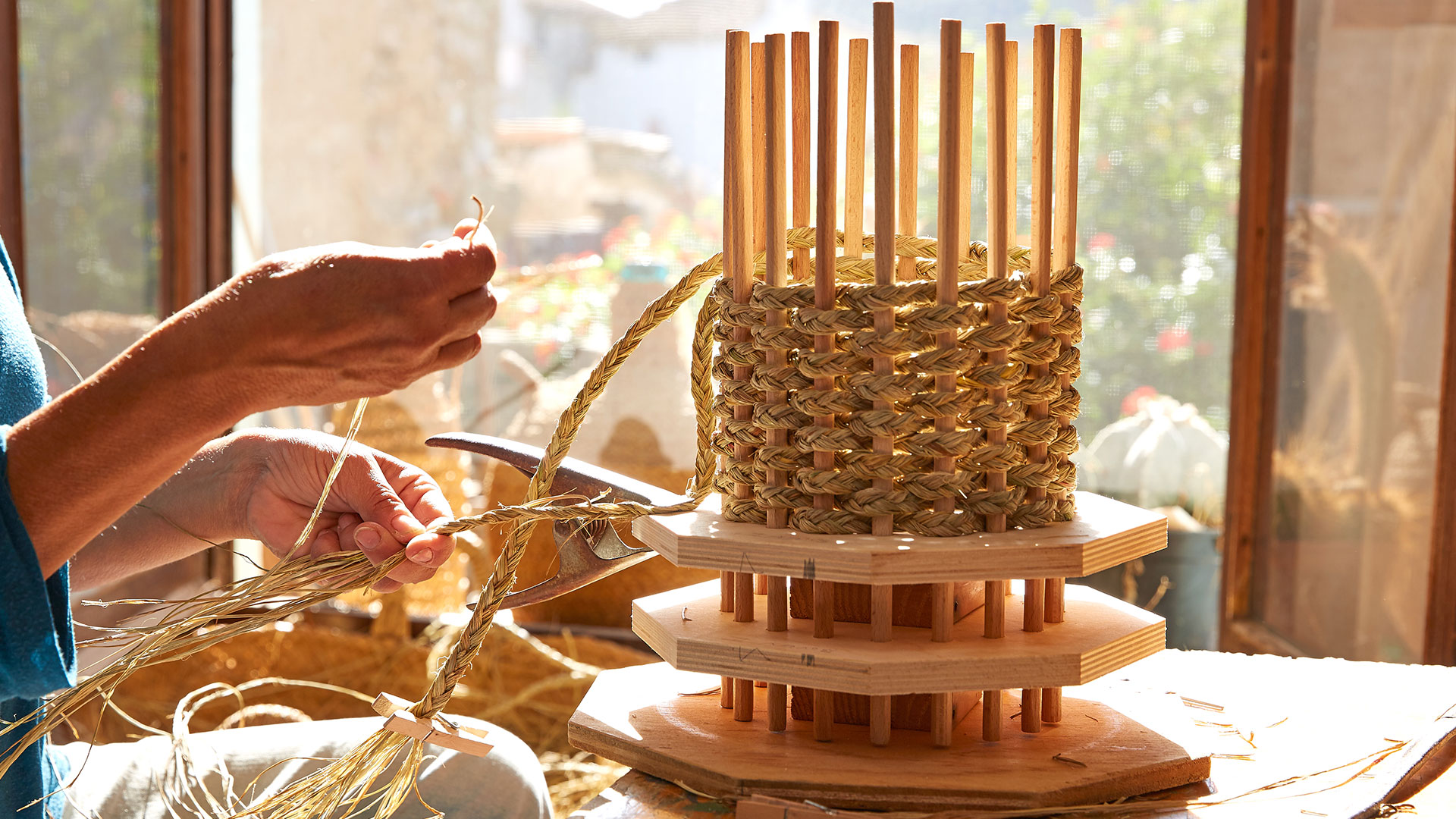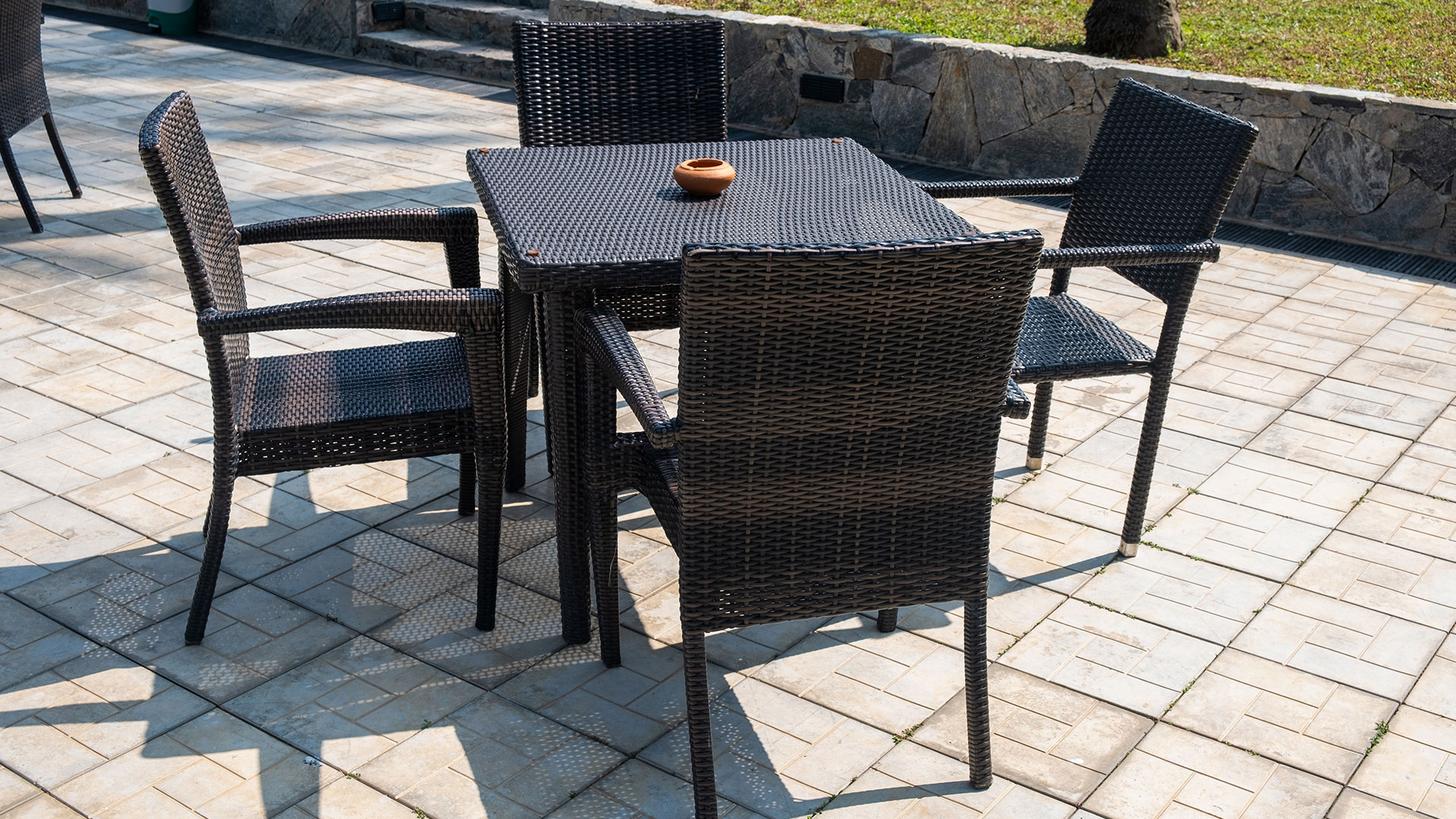About 85 percent of the raw materials produced by Indonesian rattan,” said Chairman AMKRI, M Hatta Sinatra, in Jakarta. Wednesday, November 9th, 2011.
AMKRI released, in 2010, the total area of forest rattan Indonesia stayed 1.34 million hectares with an annual allowable cut (annual allowable cut / AAC) sustainable as much as 210 064 tonnes of dry cane per year. This forest in Sumatra, Kalimantan, Sulawesi, Bali-Nusa Tenggara, Maluku, and Papua. Meanwhile, rattan cultivation area of 48,000 hectares only.
When exploitation may only be 60 percent of AAC, the availability of rattan raw materials in the country is only about 126,000 tons of dry cane. Rattan was mostly exported in the form of random and semi-finished rattan, such as rattan poles, cores, Weaving, and skin.
Export of raw rattan in 2010 reached 32 845 tonnes with a value of US $ 32.35 million or about Rp290 billion.
This data is slightly different from the Indonesian Rattan Businessmen Association (APRI). Association rejected the policy of closing the export of rattan cane production potential of these states Indonesia reached 696,000 tons per year. If the export of rattan closed, will eliminate potential export US $ 1.4 billion and shut down five million collectors and semi-finished rattan entrepreneurs.
In fact, the potential of rattan in the forest has decreased. Rattan in the forest is difficult to reach, thus producing the raw material was difficult to get a cane. As a result, the price of cane is expensive.
Good quality rattan is generally intended for foreign markets, while the local industry only gained rattan with low quality at a price that is too expensive.
AMKRI suspects, there has been smuggling of rattan raw materials on a large scale, so these data reflect only five percent of Indonesian rattan exports, while the remaining 95 percent is exported without record. “Embezzlement rattan rife in Kalimantan, Sulawesi, and Sumatra,” he said.
According to data AMKRI, in 1986, when the export of rattan was prohibited, the processing industry of national rattan grew rapidly and exports increased to the US $ 370 million in 2005. Then, due to the policy of opening and closing rattan exports, the domestic industry slumped and exports dropped to the US $ 138 million in 2010.
Not only that, in the first half of this year, the export processing industry at the US $ 57 million to the industry’s installed capacity was below 30 percent.
BPS also recorded a decrease in export performance and the rattan furniture industry. Starting in 2006, the performance of this sector reached US $ 344 million, then in 2007 fell to US $ 319 million. Subsequently, in 2008, fell again to the US $ 239 million and in 2009 and 2010 respectively dropped to US $ 168 million and US $ 138 million. Meanwhile, in June 2011, exports fell to US $ 57 million ( viva.co.id)
About 85 percent of the raw materials produced by Indonesian rattan,” said Chairman AMKRI, M Hatta Sinatra, in Jakarta. Wednesday, November 9th, 2011.
AMKRI released, in 2010, the total area of forest rattan Indonesia stayed 1.34 million hectares with an annual allowable cut (annual allowable cut / AAC) sustainable as much as 210 064 tonnes of dry cane per year. This forest in Sumatra, Kalimantan, Sulawesi, Bali-Nusa Tenggara, Maluku, and Papua. Meanwhile, rattan cultivation area of 48,000 hectares only.
When exploitation may only be 60 percent of AAC, the availability of rattan raw materials in the country is only about 126,000 tons of dry cane. Rattan was mostly exported in the form of random and semi-finished rattan, such as rattan poles, cores, Weaving, and skin.
Export of raw rattan in 2010 reached 32 845 tonnes with a value of US $ 32.35 million or about Rp290 billion.
This data is slightly different from the Indonesian Rattan Businessmen Association (APRI). Association rejected the policy of closing the export of rattan cane production potential of these states Indonesia reached 696,000 tons per year. If the export of rattan closed, will eliminate potential export US $ 1.4 billion and shut down five million collectors and semi-finished rattan entrepreneurs.
In fact, the potential of rattan in the forest has decreased. Rattan in the forest is difficult to reach, thus producing the raw material was difficult to get a cane. As a result, the price of cane is expensive.
Good quality rattan is generally intended for foreign markets, while the local industry only gained rattan with low quality at a price that is too expensive.
AMKRI suspects, there has been smuggling of rattan raw materials on a large scale, so these data reflect only five percent of Indonesian rattan exports, while the remaining 95 percent is exported without record. “Embezzlement rattan rife in Kalimantan, Sulawesi, and Sumatra,” he said.
According to data AMKRI, in 1986, when the export of rattan was prohibited, the processing industry of national rattan grew rapidly and exports increased to the US $ 370 million in 2005. Then, due to the policy of opening and closing rattan exports, the domestic industry slumped and exports dropped to the US $ 138 million in 2010.
Not only that, in the first half of this year, the export processing industry at the US $ 57 million to the industry’s installed capacity was below 30 percent.
BPS also recorded a decrease in export performance and the rattan furniture industry. Starting in 2006, the performance of this sector reached US $ 344 million, then in 2007 fell to US $ 319 million. Subsequently, in 2008, fell again to the US $ 239 million and in 2009 and 2010 respectively dropped to US $ 168 million and US $ 138 million.


